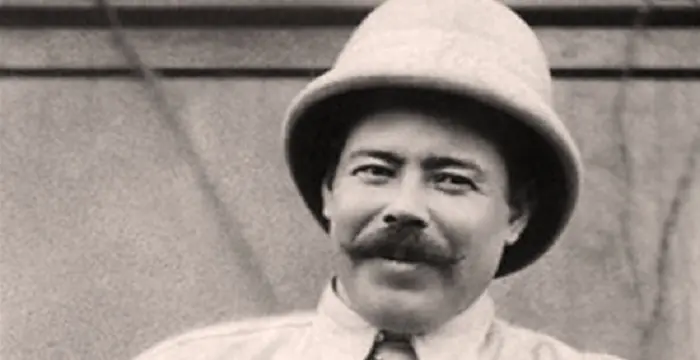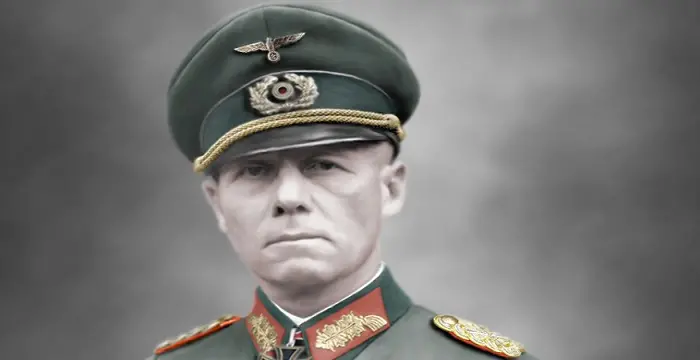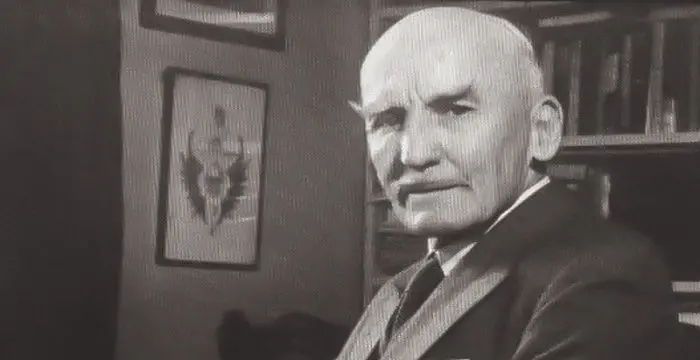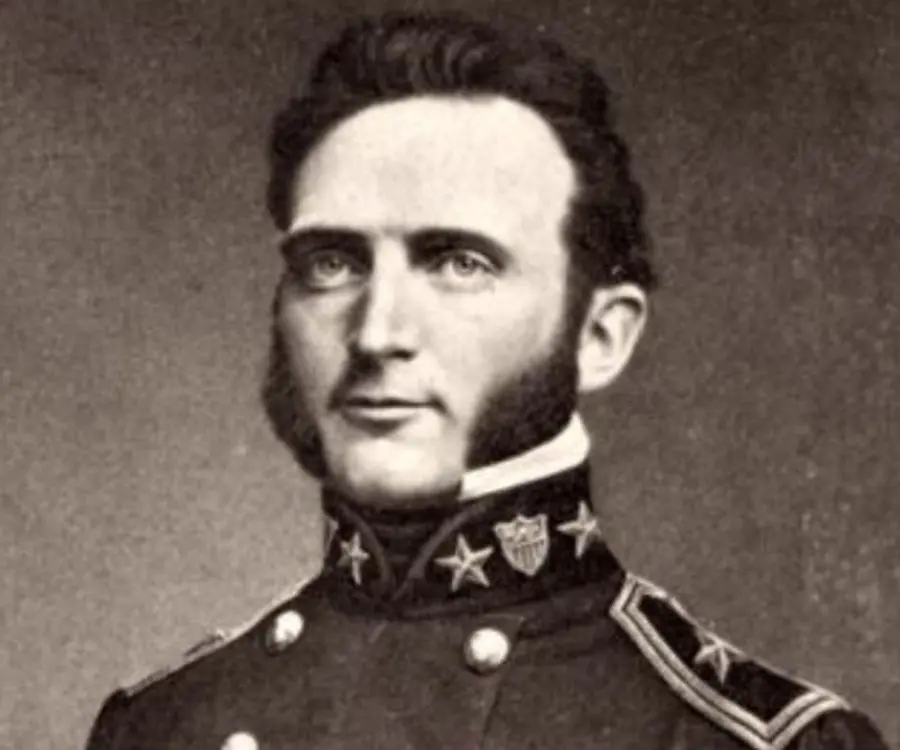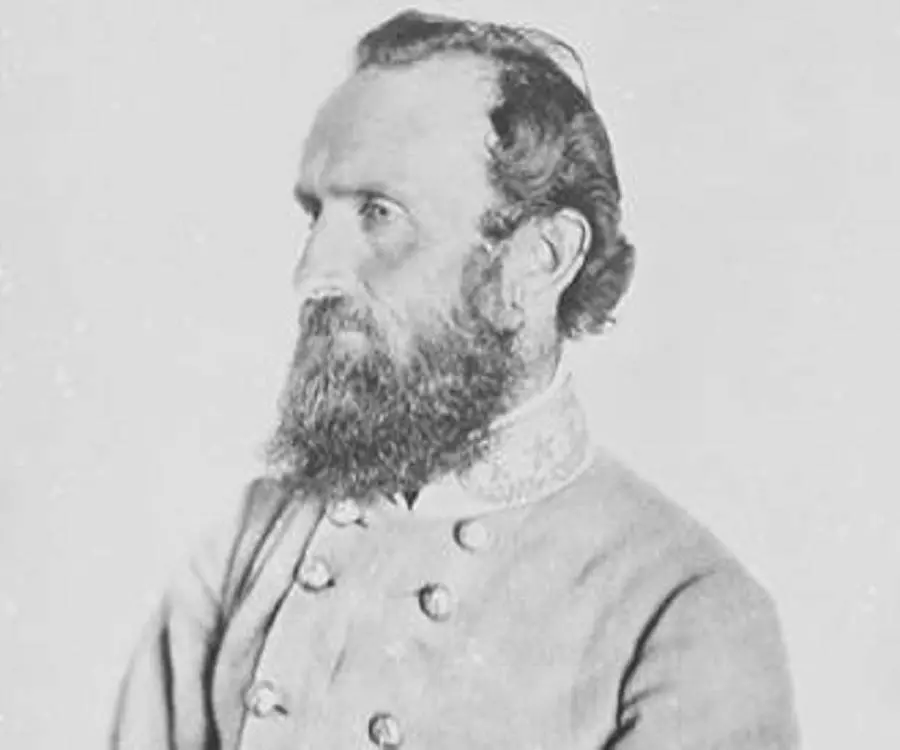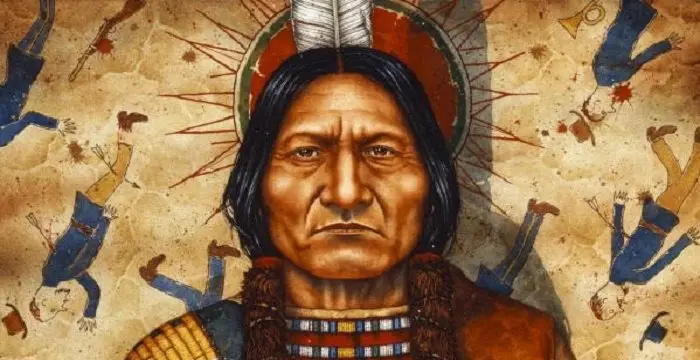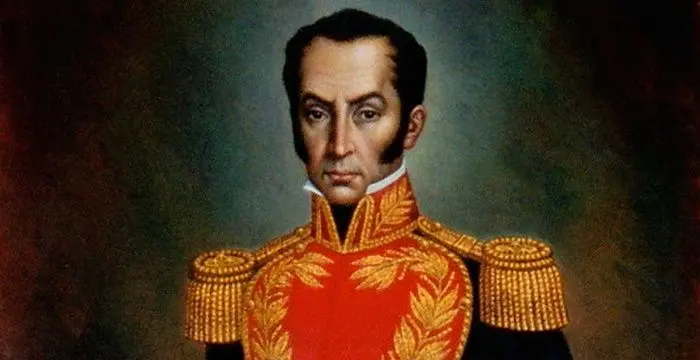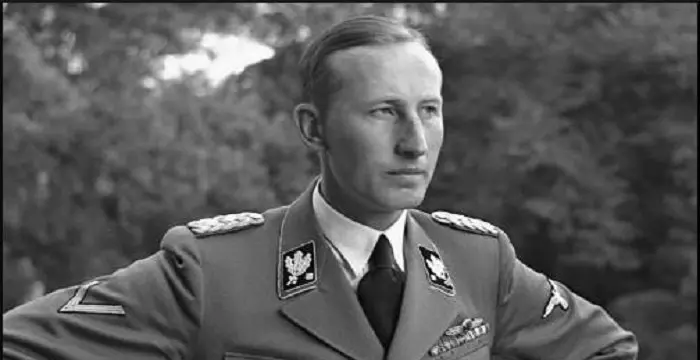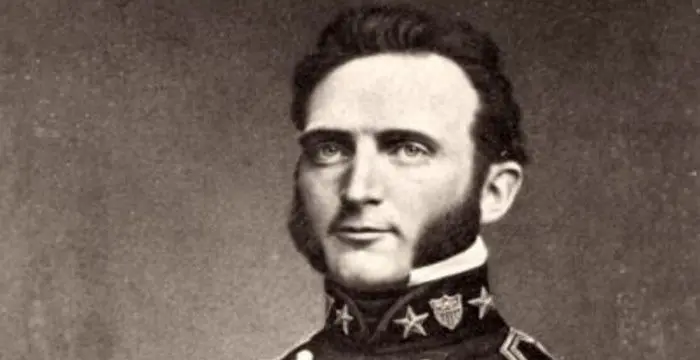
Stonewall Jackson - General, Timeline and Childhood
Stonewall Jackson's Personal Details
Thomas Jonathan Jackson, better known as Stonewall Jackson, was a famous ‘Confederate’ general who served during the American Civil War.
| Information | Detail |
|---|---|
| Birthday | January 21, 1824 |
| Died on | May 10, 1863 |
| Nationality | American |
| Famous | Leaders, Military Leaders, General |
| City/State | West Virginia |
| Nick names | Stonewall, Old Jack, Old Blue Light, Tom Fool |
| Spouses | Elinor Jackson, Mary Anna Jackson |
| Known as | Thomas Jonathan Stonewall Jackson, Thomas Jonathan Jackson |
| Universities |
|
| Founder / Co-Founder |
|
| Birth Place | Clarksburg, West Virginia, United States |
| Height | 182 |
| Gender | Male |
| Father | Jonathan Jackson |
| Mother | Julia Neale Jackson |
| Sun Sign | Aquarius |
| Born in | Clarksburg, West Virginia, United States |
| Famous as | General |
| Died at Age | 39 |
// Famous General
Pancho Villa
Pancho Villa is one of the most renowned names of the ‘Mexican Revolution’ who was also the Governor of Chihuahua. This biography provides detailed information about his childhood, profile, career and timeline
Erwin Rommel
Erwin Rommel was a German general. This biography profiles his childhood, family, personal life, career, death, achievements and other facts.
J. F. C. Fuller
J. F. C. Fuller was a British military officer, author, advocate of tank warfare and supporter and sympathizer of the Nazi philosophy. Read this biography to get details about his childhood, life, profile and timeline.
Stonewall Jackson's photo
Who is Stonewall Jackson?
Thomas Jonathan Jackson, better known as Stonewall Jackson, was a famous ‘Confederate’ general who served during the American Civil War. He was primarily raised by his uncle after both his parents died. He was mostly self-educated due to a paucity of finances. He joined the ‘United States Military Academy’ at West Point and was soon commissioned as a second lieutenant in the ‘1st US Artillery Regiment’ that was deployed in the Mexican–American War. He earned the nickname ‘Stonewall’ at the First Battle of Bull Run, during the American Civil War, when his brigade stood their ground, while the rest of the ‘Confederate’ lines began to crumble. His success is attributed to the strict discipline and the bold manoeuvers with which he surprised and exploited the weaknesses of his adversaries. His first wife died during child birth, and he later married Mary Anna Morrison. They had a daughter, Mary Graham, who died a few days after her birth. Their second daughter was named Julia Laura, after his mother and sister. While returning from the Battle of Chancellorsville, he was fired upon in a case of mistaken identity and received bullet injuries, due to which his left arm had to be amputated. He started showing signs of pneumonia during his treatment and died of complications eight days after he was shot. Stonewall Jackson is considered to be one of the most accomplished generals of the ‘Confederate Army.’ The ‘Stonewall Jackson State Park’ in West Virginia is named after him.
// Famous Leaders
Edi Rama
Edi Rama is the current Prime Minister of Albania. Check out this biography to know about his childhood, life, achievements, works & timeline.
Tecumseh
Tecumseh was a Native American leader of the Shawnee clan. This biography profiles his childhood, life and timeline.
Khalifa bin Zayed Al Nahyan
Sheikh Khalifa bin Zayed Al Nahyan is the current President of the United Arab Emirates (UAE). Check out this biography to know about his birthday, childhood, family life, achievements and fun facts about him.
Childhood & Early Life
Stonewall Jackson was born Thomas Jonathan Jackson, on January 21, 1824, in Clarksburg, Virginia, US, to Julia Beckwith Jackson and Jonathan Jackson. His father was an attorney. He was the third child of his parents. His elder sister died of typhoid two years after he was born. This was followed by the death of his father due to the same disease. His mother gave birth to his youngest sister a day after his father died and had to bring up three children on her own.
His mother moved to a small rented house and supported her children by sewing clothes and teaching in a school. In 1830, she got married to an attorney, Blake Woodson, and died during childbirth a year later. Jackson had a half-brother, William Wirt Woodson, but his stepfather did not like his stepchildren.
His elder brother went to stay with his mother’s family and died of tuberculosis in 1841. Thomas and his younger sister, Ann, went to live with their half-uncle, Cummins Jackson, in Jackson’s Mill in Lewis County, West Virginia. His sister later went to stay with his mother’s family and he went to stay with his paternal aunt, Polly, for a while. He did not get along with his aunt’s husband and came back to Jackson’s Mill, where he helped in farming and educated himself by reading books.
He joined the ‘United States Military Academy’ at West Point, New York, in 1842. Because of his informal schooling, he had a difficult time initially but worked hard to secure the 17th position among 59 cadets, in 1846.
Career
He began his career with the US army as a second lieutenant in the ‘1st US Artillery Regiment.’ His regiment was involved in the Mexican–American War from 1846 to 1848, where Jackson fought in the siege of Veracruz and the battles of Chapultepec, Contreras, and Mexico City. During the war, he displayed an aggressive spirit and sound judgment, which earned him a promotion to the post of major by the end of the war.
During the next two years, he was assigned to various forts as part of the American effort to push the native Seminoles further west. He was the second-in-command at Fort Meade, where he had serious differences with his commanding officer, Major William H. French.
He took up an instructional assignment at the ‘Virginia Military Institute’ in Lexington, in 1851, where he was a professor of natural and experimental philosophy and an instructor of artillery. Though he was good at his subject, he was not a very popular instructor due to his strict ways and lack of humor. During his instructional tenure, he commanded an artillery contingent, which consisted of two howitzers manned by 21 cadets, to provide additional military presence at the hanging of a militant named John Brown.
When the American Civil War broke out in 1861, Jackson was a drill master for the ‘Confederate Army’ recruits. By then, he had become a colonel and was given the charge to command the troops at the Harpers Ferry. He believed in strict discipline and was soon promoted to the position of brigadier general after leading the raids on the B&O Railroad in May 1861.
In July 1861, Jackson earned the nickname ‘Stonewall’ at the First Battle of Bull Run when his brigade stood their ground, while the rest of the ‘Confederate’ lines began to crumble. His success was attributed to the strict discipline and drilling imposed by him on his men. His brigade was referred to as the ‘Stonewall Brigade’ that stopped the Union assault. He became famous for his posture where he held his left arm up with the palm of his arm facing forward to motivate his men. His hand was injured by shrapnel, but he refused medical treatment till the battle was over.
After the battle, he was promoted to the rank of major general and was put in charge of the Valley District, with his headquarters at Winchester. He was ordered to fight in the Valley to defeat the ‘Union’ forces commanded by Major General Banks and Major General Irvin McDowell, who were to link up with the forces under Major General George B. McClellan. He was heavily outnumbered. However, he achieved five significant victories against his adversaries by employing surprise and manoeuver. His soldiers earned the reputation of being the “foot cavalry” because of the speed with which they covered vast distances. His troops made another strategic move by using a railroad tunnel under the Blue Ridge Mountains and the Virginia Central Railroad to surprise McClellan’s forces at Mechanicsville. Though the manoeuver made a difference to the overall war effort, his troops were extensively fatigued and suffered heavy casualties in the battle.
Jackson became known for his audacious and offensive actions, due to which his forces were referred to as “the hammer” of the ‘Confederate Army,’ while the forces under James Longstreet were referred to as “the anvil.” He made outflanking moves to get to the rear of the enemy in the Northern Virginia Campaign in August 1862 and then took up strong defenses to defeat the enemy at the Second Battle of Bull Run.
In the Battle of Chancellorsville, he successfully combined the use of cavalry to provide early warning and moved his infantry to exploit the weakness of the enemy.
While returning from the Battle of Chancellorsville with his staff, he was mistaken as a ‘Union’ force by a major of the ‘18th North Carolina Infantry Regiment.’ He was fired upon and received three bullets, due to which his left arm had to be amputated. He moved to a plantation for recovery. He wanted to control his troops from the plantation. However, he started showing signs of pneumonia and died of complications on May 10, 1863, eight days after he was shot.
Awards & Achievements
Stonewall Jackson is considered as one of the most accomplished generals of the ‘Confederate Army.’ The ‘Stonewall Jackson State Park’ in West Virginia is named after him. He was featured on postage stamps, and several books have been written about his military genius.
Personal Life & Legacy
Jackson was not very impressive to look at. He was of average height and usually dressed shabbily. He was not a good horseman and wore his cap pulled down to his nose.
He married Elinor Junkin in 1853, while he was an instructor at the ‘Virginia Military Institute.’ His wife died a year later, during childbirth. Jackson later married Mary Anna Morrison in 1857. Their first child, Mary Graham, died within a month of being born in 1858. In 1862, they had their second daughter, Julia Laura. During this period, he was popular among the blacks, for whom he organized Sunday school classes at the ‘Presbyterian Church.’ His family had slaves, but he believed they deserved to be educated and treated with dignity. Despite his stern attitude as a military leader, he was a strong follower of the ‘Presbyterian Church.’
After his death, his body was moved to the ‘Governor’s Mansion’ in Richmond for public mourning and later buried in the ‘Stonewell Jackson Memorial Cemetery’ in Lexington, Virginia.
After the war, his wife and daughter moved to North Carolina. She wrote two books about her husband, which included some of his letters too. She never married again and was known as the “Widow of the Confederacy.”
Trivia
On hearing the news of Jackson’s amputation, General Robert E. Lee stated, "Jackson has lost his left arm; I have lost my right."
He believed that one of his arms was longer than the other and was often seen with his “longer” arm up, to ease circulation. He was also known to be a person who could fall asleep under any condition, even while eating or while riding a horse.
// Famous Military Leaders
Sitting Bull
Sitting Bull was a Teton Dakota Indian chief who led Sioux tribes in their struggle for survival on the North American Great Plains.
Simon Bolivar
Simón Bolívar was a Venezuelan military leader who was instrumental in independence of several Latin American countries from the Spanish rule. This biography profiles his childhood, life, achievements and timeline.
Reinhard Heydrich
Reinhard Heydrich was a high-ranking German Nazi official during the World War II. Check out this biography to know about his childhood, family life, achievements and other facts about his life.
Stonewall Jackson biography timelines
- // 21st Jan 1824Stonewall Jackson was born Thomas Jonathan Jackson, on January 21, 1824, in Clarksburg, Virginia, US, to Julia Beckwith Jackson and Jonathan Jackson. His father was an attorney. He was the third child of his parents. His elder sister died of typhoid two years after he was born. This was followed by the death of his father due to the same disease. His mother gave birth to his youngest sister a day after his father died and had to bring up three children on her own.
- // 1830His mother moved to a small rented house and supported her children by sewing clothes and teaching in a school. In 1830, she got married to an attorney, Blake Woodson, and died during childbirth a year later. Jackson had a half-brother, William Wirt Woodson, but his stepfather did not like his stepchildren.
- // 1841His elder brother went to stay with his mother’s family and died of tuberculosis in 1841. Thomas and his younger sister, Ann, went to live with their half-uncle, Cummins Jackson, in Jackson’s Mill in Lewis County, West Virginia. His sister later went to stay with his mother’s family and he went to stay with his paternal aunt, Polly, for a while. He did not get along with his aunt’s husband and came back to Jackson’s Mill, where he helped in farming and educated himself by reading books.
- // 1842 To 1846He joined the ‘United States Military Academy’ at West Point, New York, in 1842. Because of his informal schooling, he had a difficult time initially but worked hard to secure the 17th position among 59 cadets, in 1846.
- // 1846 To 1848He began his career with the US army as a second lieutenant in the ‘1st US Artillery Regiment.’ His regiment was involved in the Mexican–American War from 1846 to 1848, where Jackson fought in the siege of Veracruz and the battles of Chapultepec, Contreras, and Mexico City. During the war, he displayed an aggressive spirit and sound judgment, which earned him a promotion to the post of major by the end of the war.
- // 1851He took up an instructional assignment at the ‘Virginia Military Institute’ in Lexington, in 1851, where he was a professor of natural and experimental philosophy and an instructor of artillery. Though he was good at his subject, he was not a very popular instructor due to his strict ways and lack of humor. During his instructional tenure, he commanded an artillery contingent, which consisted of two howitzers manned by 21 cadets, to provide additional military presence at the hanging of a militant named John Brown.
- // May 1861When the American Civil War broke out in 1861, Jackson was a drill master for the ‘Confederate Army’ recruits. By then, he had become a colonel and was given the charge to command the troops at the Harpers Ferry. He believed in strict discipline and was soon promoted to the position of brigadier general after leading the raids on the B&O Railroad in May 1861.
- // Jul 1861In July 1861, Jackson earned the nickname ‘Stonewall’ at the First Battle of Bull Run when his brigade stood their ground, while the rest of the ‘Confederate’ lines began to crumble. His success was attributed to the strict discipline and drilling imposed by him on his men. His brigade was referred to as the ‘Stonewall Brigade’ that stopped the Union assault. He became famous for his posture where he held his left arm up with the palm of his arm facing forward to motivate his men. His hand was injured by shrapnel, but he refused medical treatment till the battle was over.
- // Aug 1862Jackson became known for his audacious and offensive actions, due to which his forces were referred to as “the hammer” of the ‘Confederate Army,’ while the forces under James Longstreet were referred to as “the anvil.” He made outflanking moves to get to the rear of the enemy in the Northern Virginia Campaign in August 1862 and then took up strong defenses to defeat the enemy at the Second Battle of Bull Run.
- // 10th May 1863While returning from the Battle of Chancellorsville with his staff, he was mistaken as a ‘Union’ force by a major of the ‘18th North Carolina Infantry Regiment.’ He was fired upon and received three bullets, due to which his left arm had to be amputated. He moved to a plantation for recovery. He wanted to control his troops from the plantation. However, he started showing signs of pneumonia and died of complications on May 10, 1863, eight days after he was shot.
// Famous American peoples
Wentworth Miller
Wentworth Miller is an American actor and screenwriter who achieved recognition for his role in the TV series ‘Prison Break’.
Jason Simpson
Jason Simpson is the son of former NFL running back, broadcaster and actor O. J. Simpson. Check out this biography to know about his childhood, family, life, and little known facts about him.
Melissa Brim
Melissa Brim is the ex-girlfriend of former professional boxer Floyd Mayweather Jr. Check out this biography to know about her birthday, childhood, family life, achievements and fun facts about her.
Skai Jackson
Skai Jackson is an American child actress with huge fan following. Find more about her family & personal life, relationships, facts and more.
Joyce Meyer
Joyce Meyer is a Christian author and speaker. This biography provides detailed information about her childhood, life, achievements, works & timeline
Zoe LaVerne
Zoe LaVerne is an American musical.ly star. Check out this biography to know more about her family, personal life, including her age, birthday, etc.
Stonewall Jackson's FAQ
What is Stonewall Jackson birthday?
Stonewall Jackson was born at 1824-01-21
When was Stonewall Jackson died?
Stonewall Jackson was died at 1863-05-10
Where was Stonewall Jackson died?
Stonewall Jackson was died in Guinea, Virginia
Which age was Stonewall Jackson died?
Stonewall Jackson was died at age 39
Where is Stonewall Jackson's birth place?
Stonewall Jackson was born in Clarksburg, West Virginia, United States
What is Stonewall Jackson nationalities?
Stonewall Jackson's nationalities is American
What is Stonewall Jackson nick names?
Stonewall Jackson's nickNames is Stonewall, Old Jack, Old Blue Light, Tom Fool
Who is Stonewall Jackson spouses?
Stonewall Jackson's spouses is Elinor Jackson, Mary Anna Jackson
What was Stonewall Jackson universities?
Stonewall Jackson studied at United States Military Academy at West Point
Which company or organization was founded by Stonewall Jackson?
Stonewall Jackson was the founder/co-founder of Stonewall Brigade
How tall is Stonewall Jackson?
Stonewall Jackson's height is 182
Who is Stonewall Jackson's father?
Stonewall Jackson's father is Jonathan Jackson
Who is Stonewall Jackson's mother?
Stonewall Jackson's mother is Julia Neale Jackson
What is Stonewall Jackson's sun sign?
Stonewall Jackson is Aquarius
How famous is Stonewall Jackson?
Stonewall Jackson is famouse as General
